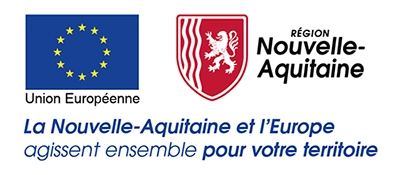There are very few professions that require a more sceptical yet trusting nature than the Test Pilot.
This was concisely articulated by Boom Supersonics’ chief test pilot Bill Shomaker following the recent test flight of XB-1, claimed to be the World’s first independent supersonic passenger airliner who said: ‘As you get closer to the first flight, you must make the transition from skeptic to believer. You need to believe that all concerns have been adequately resolved and that the airplane and team are ready to go.’
You don’t necessarily have to be a test pilot to share a healthy scepticism or to demonstrate trust. In any leadership role, a combination of the two is essential and can be used well. For the Test Pilot, however, the stakes are considerably higher when you’re lined up on the runway to test out an aircraft (in this case at supersonic speeds) for the first time.
The role of the test pilot involves pushing the boundaries of flight, assessing the safety and performance of new aircraft, and pioneering innovations that shape the future of aviation. They are a key part of an industry that already leads the way in so many specialized areas. But who would choose such a high-stakes profession?
Credentials and Recruitment Process
Becoming a test pilot requires a blend of exceptional skill, experience, and courage. Typically, candidates have extensive backgrounds in aviation, often with military service as pilots. They undergo rigorous training in flight test techniques, engineering principles, and risk management.
One of the most celebrated test pilots was Alan Shepherd – a US navy test pilot who became the first American in Space in 1961, before returning as an Apollo Astronaut 10 years later. He was quoted as saying ‘You may not have any extra talent
 but maybe you are just paying extra attention to what is going on’. This may sound mildly self-deprecating but also very true!
but maybe you are just paying extra attention to what is going on’. This may sound mildly self-deprecating but also very true!
In fact, most test pilots hold advanced degrees in engineering or aeronautics, providing them with the technical knowledge necessary to analyze aircraft performance and address unexpected challenges. Additionally, they possess thousands of hours of flight experience, honing their piloting skills across various aircraft types.
The recruitment process for test pilots is highly selective. Candidates undergo comprehensive evaluations of their flying abilities, problem-solving skills, and psychological resilience. Only those who demonstrate exceptional aptitude and judgment are chosen for this demanding role.
Key Challenges
Test pilots face many challenges in their profession, ranging from technical complexities to personal risks. One of the primary challenges is managing the inherent dangers associated with flight testing. Despite rigorous safety protocols, test pilots must confront the possibility of mechanical failures, unpredictable weather conditions, and human error.
Moreover, test pilots operate on the cutting edge of technology, often encountering aircraft designs and systems that push the limits of what is known. This requires adaptability and quick thinking to assess and mitigate risks in real-time.
Another significant challenge is the intense pressure to deliver results within tight deadlines. Test programs are often subject to strict timelines, and delays can have far-reaching consequences for aircraft development and production schedules.
Fun Anecdotes
Despite the seriousness of their work, test pilots often have lighthearted anecdotes to share. One such story involves a test pilot who accidentally activated the aircraft’s ejection seat during a routine flight test.
Fortunately, the pilot ejected safely and landed in a nearby field, much to the relief of the ground crew who feared the worst. Although nerve-wracking at the time, it also demonstrates the resilience and quick thinking among aerospace professionals.
In conclusion, there are several parallels between the test pilot and the effective business leader. Both roles demand leadership, risk management and adaptability. They require strategic vision, problem solving and the ability to inspire confidence in teams.
They must also be prepared to push the boundaries for innovation and growth in the pursuit of excellence.

